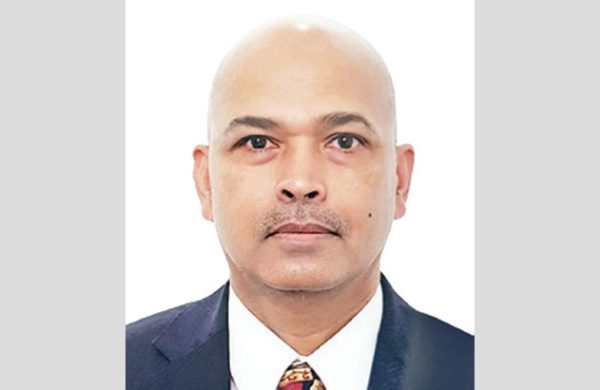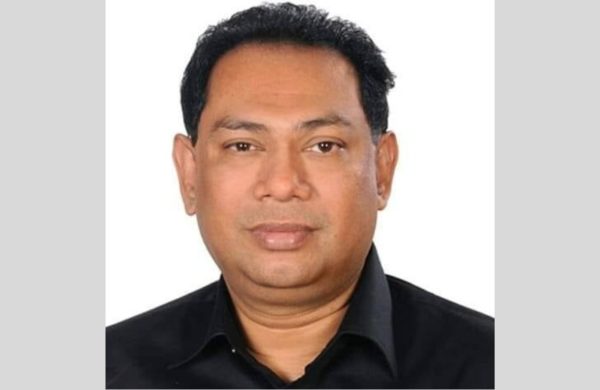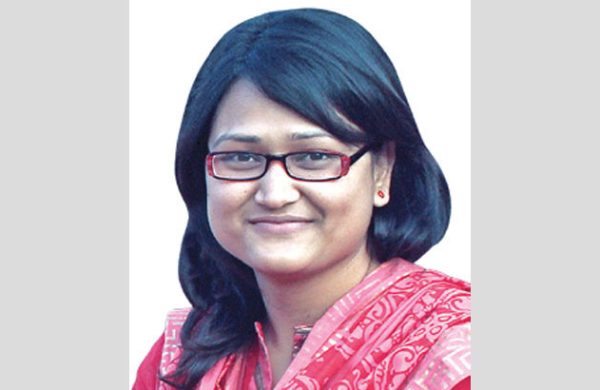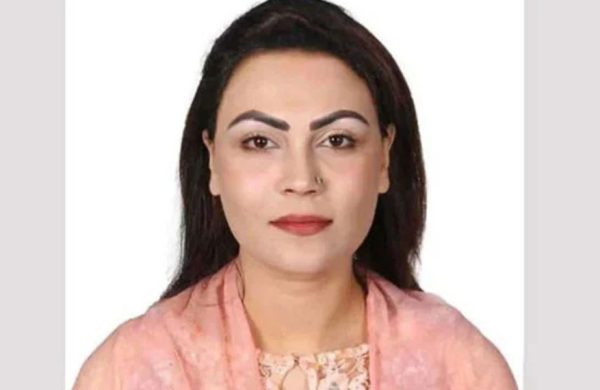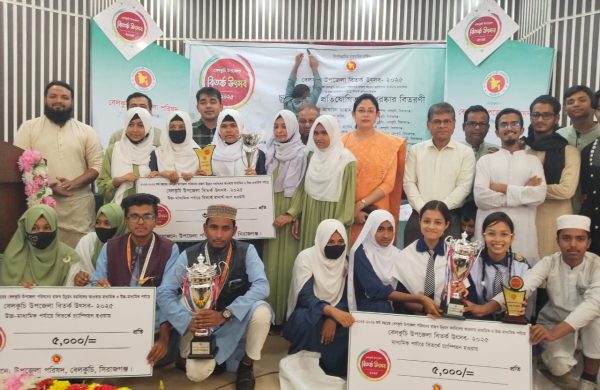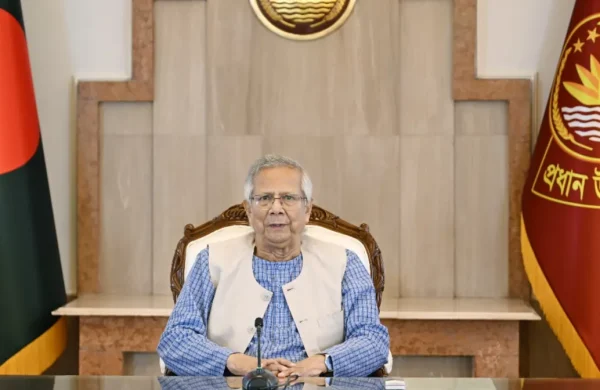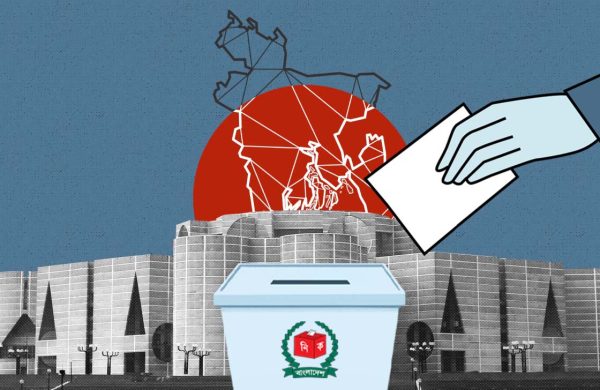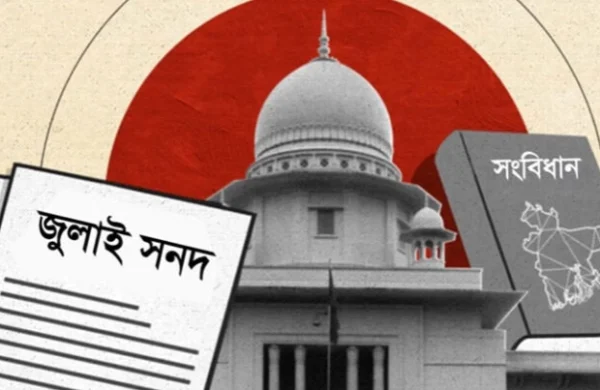Reimagining the Sundarbans as a Living Laboratory
- Update Time : Monday, November 10, 2025
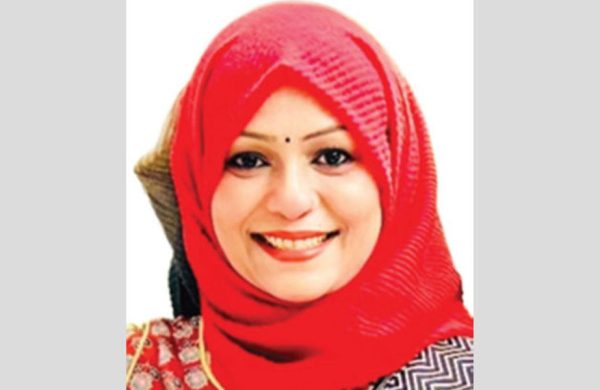
—Dr Shahrina Akhtar—
Sundarbans is a place where land meets the sea and mangroves breathe between tides, and millions of lives depend on its fragile balance. This nice part of Bangladesh is now facing the threat of a changing climate. The world’s largest contiguous mangrove forest spans about 10,000 km² and overlaps Bangladesh and India, with roughly 60 per cent of it lying within Bangladesh. It sustains millions whose livelihoods and cultures are tied to the interplay of mangroves, fisheries, agriculture, and a shifting coastline.
Yet, the region faces climate threats like sea-level rise, salinisation, stronger cyclones, land loss, and erosion. Sea levels here are rising at about 3.9 mm per year, exceeding the global average, while models suggest that a 45 cm rise could submerge up to 75 per cent of the Sundarbans. Between 1973 and 2024, dense forest cover on the Bangladesh side fell from 94.2% to 91.5%, while water bodies expanded from 4.8% to 7.6%, revealing mounting ecological stress in the area.
The human toll has also been severe. In the coastal districts of Bagerhat, Khulna, and Satkhira, a recent NGO survey found families lost an average of BDT 502,489 annually due to disasters over the past two decades. The Sundarbans remains Bangladesh’s ecological shield and adaptation frontline, buffering storms, securing food systems, and nurturing resilient deltaic cultures.
So, in recent times, some initiatives have been taken to sustain both the forest and the people who live in this area. And co-production of knowledge, linking community wisdom with scientific insight, is emerging as a transformative approach.
In recent years, several initiatives in the Sundarbans have sought to bridge the gap between local adaptation and formal policy. Participatory mapping of cyclone shelters, salinity hotspots, and migration routes has provided place-specific insights, while community experiments with floating agriculture, mangrove restoration, and rainwater harvesting in island and coastal unions have revealed promising adaptation models. These initiatives demonstrate that locally generated practices, when systematically documented and scaled, can serve as strategic assets rather than isolated pilot projects.
Yet, significant gaps persist. Many robust pilot projects end with their funding phase, failing to integrate into the regular planning, budgeting, or monitoring systems of local and national governments. Community-based monitoring, such as citizen science on mangrove health or salinity levels, often remains disconnected from institutional workflows. Co-produced knowledge still struggles for legitimacy, as scientific institutions question methods, bureaucracies resist participatory processes, and policy translation remains fragmented.
Resilience knowledge must now move beyond tracking hazards or infrastructure. It must encompass social dimensions such as trust networks, livelihood diversity, gendered vulnerability, migration and cultural practice. The Sundarbans demand a relational, place-based understanding of resilience. Fisherfolk’s readings of tidal shifts and women’s accounts of freshwater stress have enhanced local warning and water-safety systems, yet these insights rarely inform formal policy.
Putting coproduced knowledge requires policy instruments that recognise and reward it. First, the Bangladesh Delta Plan 2100 (BDP2100) and allied sector strategies should incorporate a mandatory “coproduction protocol” that stipulates participatory validation, standard metadata capture and formal community sign-off as part of project design and implementation. This ensures that from the outset, projects engage local innovation as evidence, not an add-on.
Second, create a dedicated “Sundarbans Learning & Implementation Unit” hosted jointly by the Water Resources ministry and Forests ministry and assisted by local university scholars, practitioners and community innovators. This unit’s job would be to translate pilot results into investment-ready packages, mainstream them into local government budgets and generate annual public reports of what is working and why.
Third, finance multi-year maintenance windows for key infrastructure such as cyclone shelters, embankments, freshwater ponds and rainwater harvesting systems. Fourth, introduce innovative financing mechanisms. A “Resilience Credit” instrument could monetise verified adaptation outcomes, e.g., improved mangrove cover, reduced salinity exposure, increased crop diversification, turning them into tradable credits that public and private sponsors purchase.
Fifth, expand citizen science and digital commons platforms. A publicly accessible “Sundarbans Resilience Dashboard” could collate maps, toolkits, case studies and real-time scorecards submitted by communities. This transparency would empower resistance to inertia, stimulate accountability and enable replication of proven practices across regions.
As the world prepares for COP30, the Sundarbans stands as a living example of how inclusive, co-produced knowledge can anchor climate adaptation where it matters most, in the hands of those who experience it daily. The window for action is closing, sea levels are rising faster, embankments are eroding, land-loss is displacing communities, and salinisation is rendering once-fertile lands unproductive.
Inclusive knowledge systems rooted in local practice are not optional, they are essential for effective adaptation. By institutionalising co-production, Bangladesh can transform the Sundarbans from a zone of vulnerability into a living laboratory of resilience, where communities, science, and policy converge. Here, knowledge should be shared, adaptation should be co-owned, and solutions should emerge collaboratively rather than being imposed from above.
Implementing these policy pathways will require leadership, coordination and courage. Government agencies must embrace participatory legitimacy; universities must commit to action-oriented research and communities must be empowered as knowledge producers.
————————————————————————-
The writer is National Consultant for Bangladesh, ICCAP Project, APRACA. Email: [email protected]


